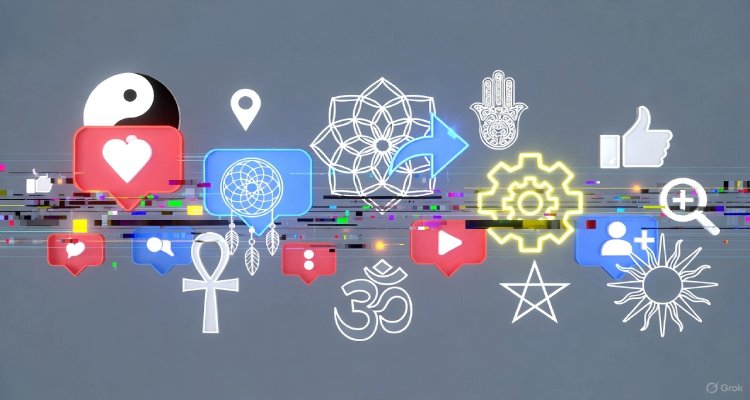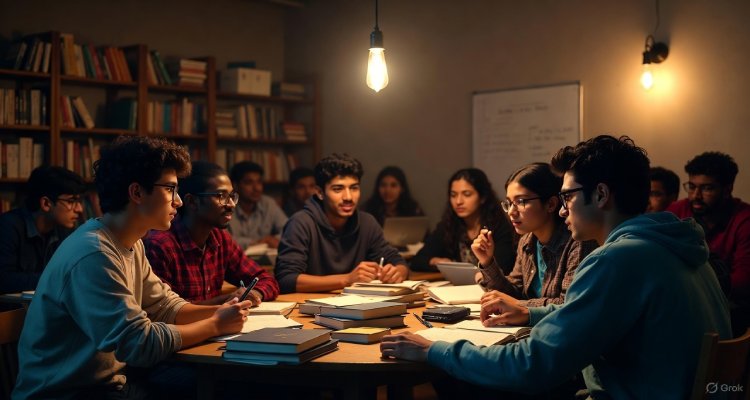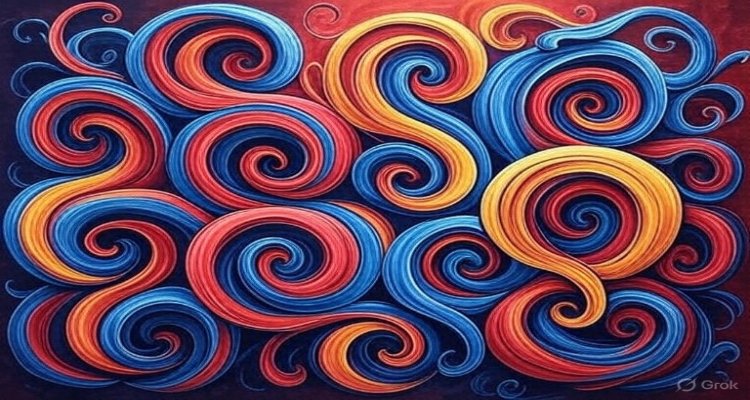Why Some People Can Taste Colors and Hear Flavors
Some people can “taste” words or “see” music—this phenomenon is called synesthesia. Discover what causes these sensory crossovers, how scientists study them, and why they matter.
Introduction: The World Through Extra Senses
Imagine biting into a slice of cake and not only savoring its sweetness but also seeing a burst of vibrant blue. Or, when you hear a violin, instead of simply recognizing its melody, a citrus tang washes over your tongue. For a small but fascinating portion of the population, this isn’t imagination—it’s daily life. This remarkable phenomenon, where senses blend in extraordinary ways, is known as synesthesia.
Context & Background: Decoding the Mystery of Synesthesia
Synesthesia, from the Greek words “syn” (together) and “aisthēsis” (sensation), describes a neurological condition where stimulation of one sensory pathway triggers involuntary experiences in another. The most common types involve seeing specific colors when reading letters or numbers (grapheme–color synesthesia) or associating sounds with tastes. Historians suspect that figures like physicist Richard Feynman and composer Franz Liszt may have experienced synesthesia, offering clues into its enduring mystery.
While reports of synesthesia go back centuries, scientific exploration gained momentum in the late 19th century. For decades, it was regarded as a curiosity—if not a fabrication. Recent advances, however, have brought it to the research mainstream, revealing synesthesia as a genuine perceptual phenomenon with unique neurological roots.
Main Developments: What Really Happens and Why It Matters
So, what is it like to “hear” a flavor or “taste” a color? Synesthetes consistently report precise associations: perhaps the number 3 is always chili-red, or the name “Sarah” tastes like salted caramel. These experiences are consistent for the individual, and brain imaging studies confirm there’s more at play than simple imagination.
Scientists attribute synesthesia to extra connectivity between sensory regions in the brain. In non-synesthetes, sensory processing areas remain largely compartmentalized. In synesthetes, these boundaries are more porous. For instance, research has shown that when synesthetes read a word that triggers a taste, regions of the brain related to both language and gustatory processing are active—sometimes even lighting up the primary taste cortex.
Importantly, synesthesia isn’t the result of hallucination or mental illness. Most synesthetes realize their perceptions are unique, but they’re as involuntary and vivid as “regular” sensory experiences.
Expert Insight & Public Reaction: Fascination and Scientific Debate
Dr. Julia Simner, a cognitive neuroscientist at the University of Sussex, explains:
“Synesthesia gives us a real-life window into how perceptual boundaries can blur. The consistency of synesthetic experiences over time helps credibility—they can be tested and verified in a laboratory.”
Not everyone believes synesthesia should be called a “disorder.” For many, it’s a neutral or even positive part of their identity. Some artists, musicians, and writers claim synesthesia provides extra inspiration, helping them produce novel and creative works. For instance, renowned painter Wassily Kandinsky’s art was directly influenced by his ability to “hear” colors.
Public reaction often oscillates between wonder and curiosity. Online communities now bring synesthetes together to share their experiences and advocate for further research. These stories have captured the public imagination, as more people become aware that brains can process reality in extraordinary ways.
Impact & Implications: Who’s Affected and What’s Next
Estimates suggest 1 in every 2,000 people experiences synesthesia, though some researchers argue the figure could be as high as 1 in 23, depending on the definition and method. Genetics appear to play a role, as synesthesia often runs in families. Interestingly, the condition is more commonly reported in women and left-handed people, though the reasons for this are not fully understood.
For many, synesthesia is benign—and in some cases, even advantageous. Studies suggest synesthetes may have sharper memory skills, especially for things like names, numbers, or musical notes, likely because their unique sensory pairings create strong mental hooks for recall.
Despite its largely positive aspects, synesthesia can sometimes be overwhelming. Strong sensory pairings can make certain activities or environments uncomfortable. However, most report that the benefits far outweigh any drawbacks.
Ongoing research is exploring whether synesthesia can be cultivated in non-synesthetes through training or technology, with potential applications in education, art, and virtual reality.
Conclusion: The Beauty of a Blended Reality
Understanding synesthesia challenges assumptions about the boundaries of perception. Whether it’s seeing music, tasting words, or feeling sounds as tactile sensations, synesthesia reveals just how flexible—yet personal—our experience of the world can be. For science, it offers a tantalizing glimpse into the brain’s capacity for connection. For society, it serves as a reminder that diversity in perception is as profound as diversity in thought.
Disclaimer: This article is informational and not a substitute for professional medical advice or diagnosis.











